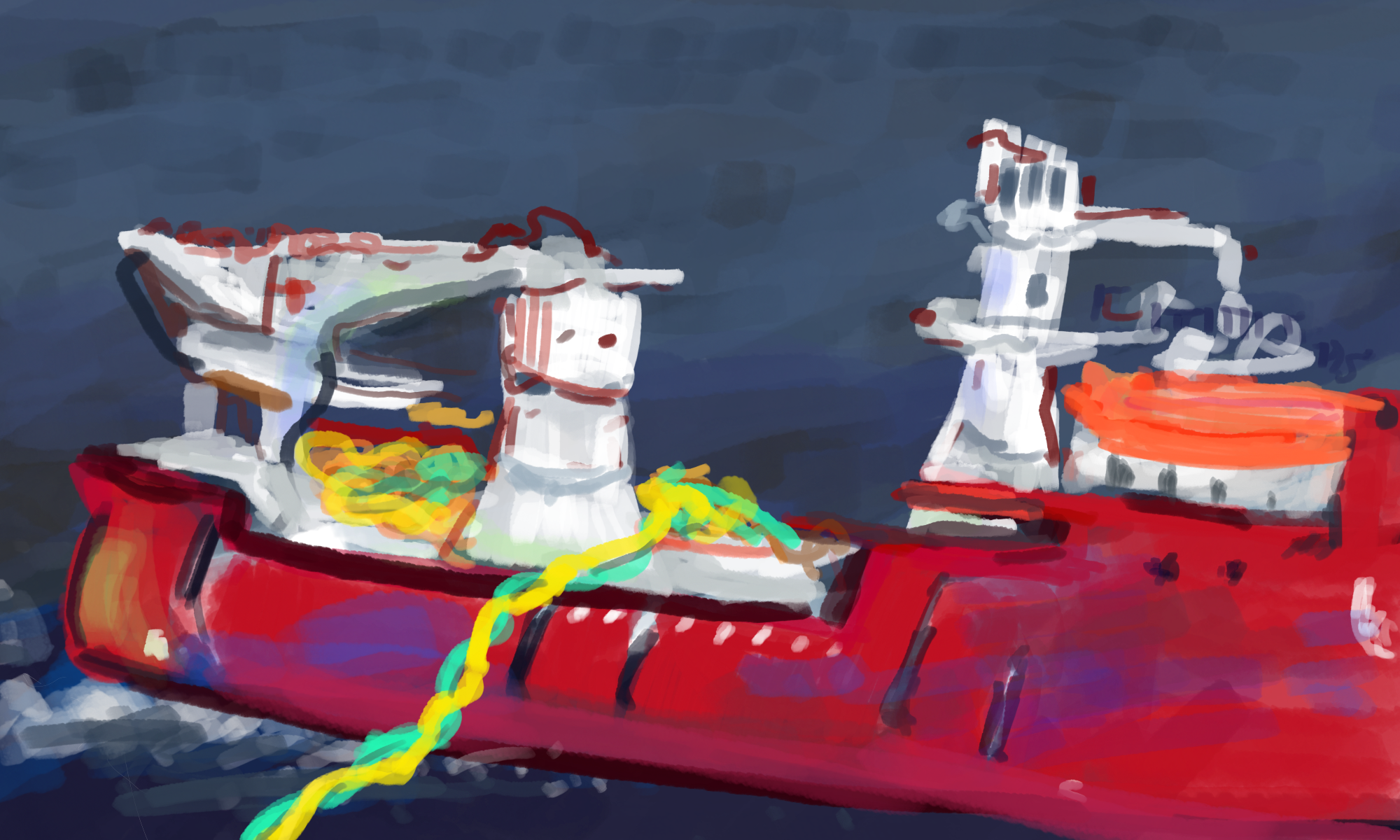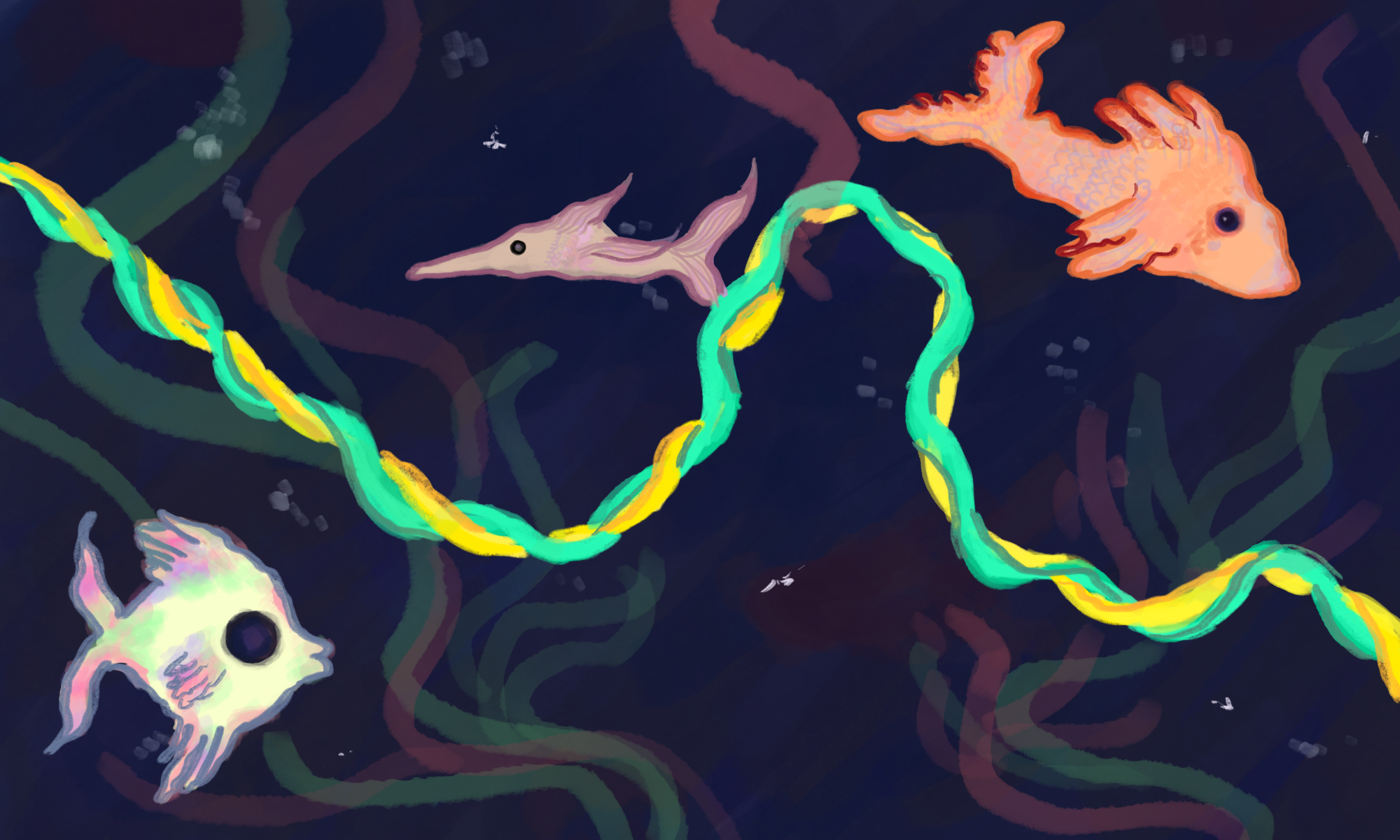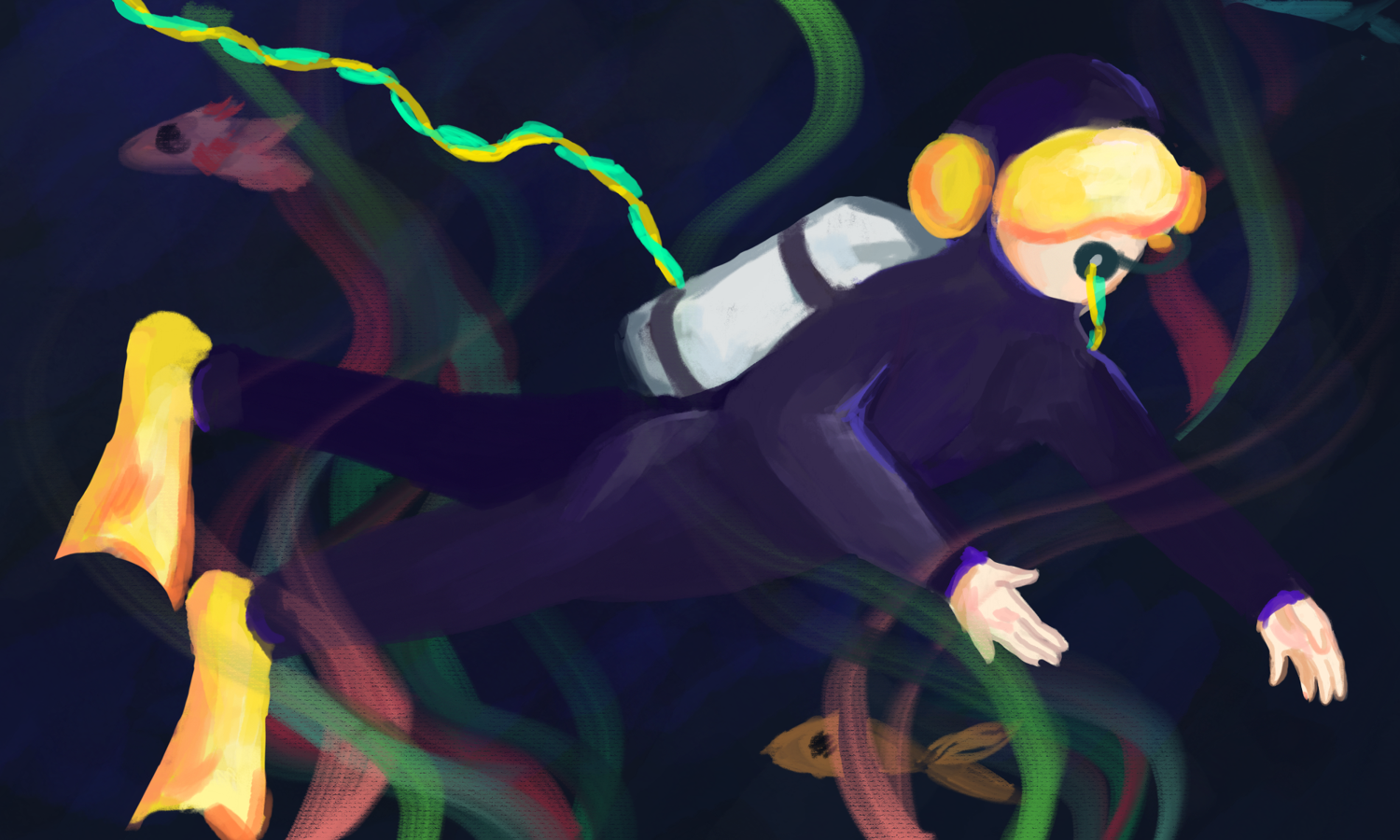For commercial deep-sea divers, light is a precious commodity. Their work is among the most dangerous in the world, performing critical tasks such as repairing oil rigs with constraints on their time, mobility and senses. The water pressure of their environment is such that even the air they breathe must be specially formulated, to avoid its more soluble gasses from becoming so narcotic that they anaesthetise the diver. And of course, such a pressing weight of water means that, in most cases, commercial deep-sea divers must work in places that will never see natural light.

Throughout all of this, their literal lifeline is the umbilical connecting their suit to the diving support vessel. This physical connection acts as a trail back to safety, and its bundle of wires and cables supply air, electricity and other essentials for the diver and their equipment. Any incident which compromises the umbilical therefore can have fatal implications. While built to withstand the harshness of deep-sea diving, the generally unlit cables are easily caught or snagged in the darkness. The results can be catastrophic, and many could be avoided through greater visibility.

The School of Physics has a long history of pioneering research with LEDs and lasers, which led to a solution unique in the deep-sea diving market. A spinout company, PhotoSynergy Ltd, was created in 2001, and prototypes were developed from 2007 – 2011. By using a powerful LED to illuminate optical fibre bundled into the umbilical, PhotoSynergy created Lightpath, a reliable, cost-effective and unobtrusive solution to the visibility issues of diving umbilicals.

The positive impact of Lightpath on diver safety has led to its widespread adoption, particularly in the North Sea where over half of Diving Support Vessels have adopted the innovation. For divers, the increased visibility of their umbilicals allows them to operate more assuredly during activities such as equipment deployment, a time of increased risk to the umbilical. The illumination also allows divers to more quickly find their way back to the diving bell. By offering a hugely practical application of their research, the Lightpath team have shown how abstract research can be translated into lifesaving technology.
Read more about Lightpath, direct from the School of Physics and Astronomy, here.
